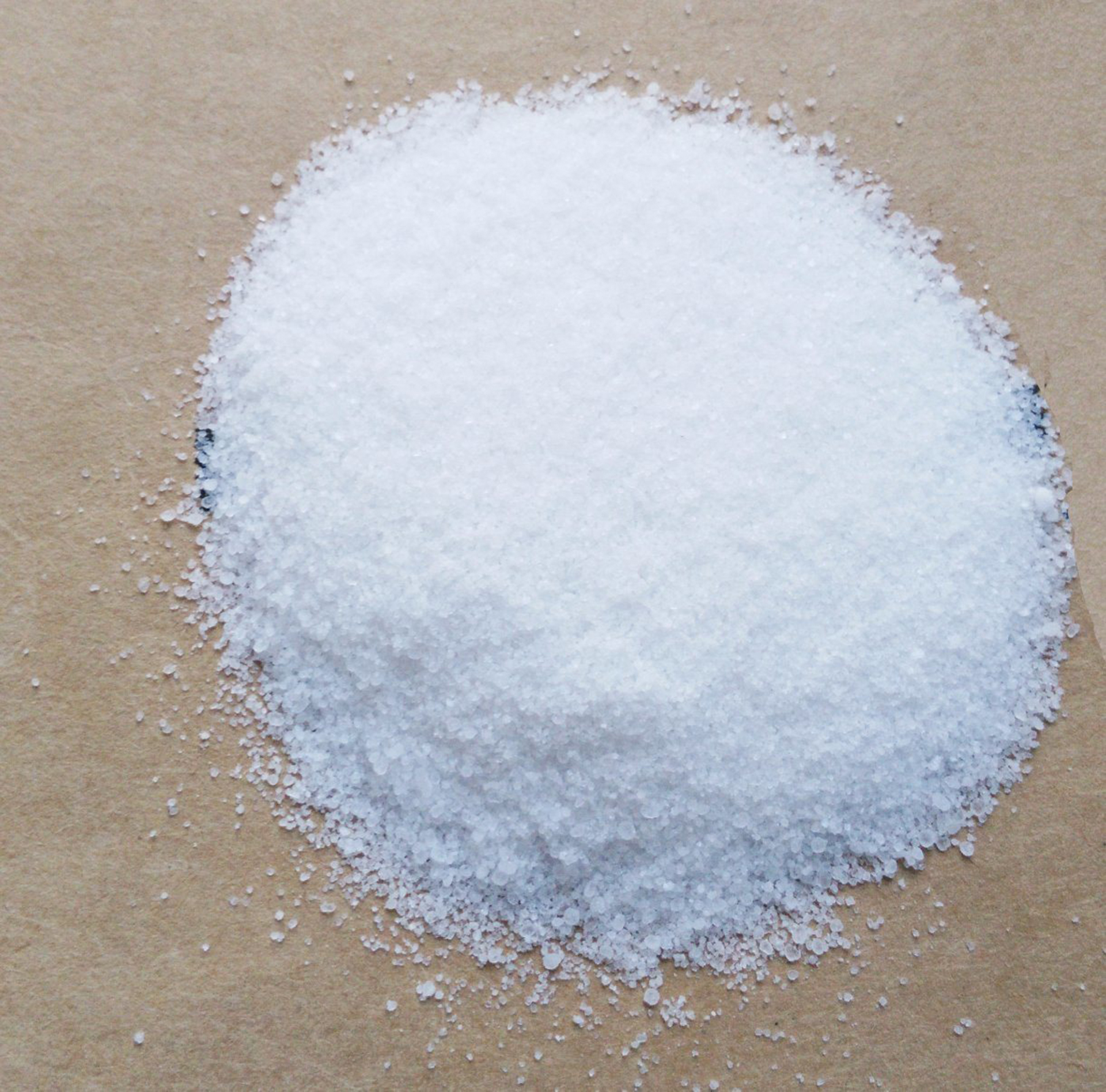



Two Chemicals Commonly Utilized for Effective Water Disinfection Techniques and Processes
Two Chemicals Used to Disinfect Water An Overview
Water is an essential resource for life, and ensuring its safety is crucial for public health. One of the critical processes in ensuring that water is safe for consumption and use is disinfection. Disinfection involves the removal, inactivation, or destruction of harmful microorganisms that can cause diseases. Among various methods and substances used for water disinfection, chlorine and ozone stand out as two of the most widely utilized chemicals. This article provides an overview of these two chemical disinfectants, including their mechanisms, advantages, drawbacks, and the contexts in which they are most effectively used.
Chlorine A Time-Tested Disinfectant
Chlorine has been used for water disinfection since the early 20th century. As a powerful oxidizing agent, it effectively kills bacteria, viruses, and some protozoa, making it a versatile choice for municipal water treatment systems. Chlorine can be added in various forms gas, liquid (sodium hypochlorite), or solid (calcium hypochlorite).
The mechanism through which chlorine acts involves the disruption of cellular processes in microorganisms. Once added to water, chlorine reacts with water to form hypochlorous acid (HOCl) and hypochlorite ions (OCl−), both of which penetrate the cell walls of bacteria and viruses. This reaction interferes with the enzymatic functions and genetic material of the microorganisms, leading to their inactivation.
One significant advantage of chlorine is its residual effect. After treatment, chlorine can remain in the water supply, providing ongoing protection against microbial contamination during distribution. Additionally, chlorine is relatively inexpensive and easy to use, making it accessible for many communities worldwide.
However, there are drawbacks to using chlorine. One major concern is the formation of disinfection byproducts (DBPs), such as trihalomethanes (THMs) and haloacetic acids (HAAs), which can be harmful to human health if consumed in high quantities over time. Furthermore, chlorine’s effectiveness can be reduced in the presence of organic matter, which may require higher doses and lead to increased DBP formation.
two chemicals used to disinfect water

Ozone A Powerful Alternative
Ozone (O3) is another effective chemical used for water disinfection. It is a potent oxidizing agent, even more so than chlorine, and its ability to inactivate a wide range of pathogens makes it an excellent choice for water treatment, particularly in settings requiring a high level of disinfection, such as hospitals and food processing plants.
The disinfection process using ozone involves the generation of ozone gas, which is then bubbled through the water. Ozone works by breaking down the cell walls of microorganisms, leading to their destruction. One of the primary benefits of ozone disinfection is that it does not produce harmful DBPs like chlorine; instead, it decomposes back into oxygen shortly after its use, leaving no chemical residue in the water.
Additionally, ozone can effectively remove taste and odor from water and can even degrade certain organic pollutants, making it suitable for treating water with high levels of contamination.
Nevertheless, ozone disinfection is not without challenges. The equipment required to generate and apply ozone can be expensive, making it less accessible for some municipalities compared to traditional chlorine systems. Additionally, ozone must be generated on-site due to its instability, making logistics and handling more complex. Furthermore, it does not provide a residual effect like chlorine, meaning that additional measures may be required to ensure the microbiological safety of water during distribution.
Conclusion
In summary, chlorine and ozone are two prominent chemicals used for disinfecting water, each with its unique advantages and limitations. Chlorine remains a widely used disinfectant due to its low cost and residual protection, although concerns about DBPs necessitate careful monitoring and management. Ozone, with its powerful oxidizing properties, offers an alternative that avoids some of the health risks associated with chlorine but comes with its own set of challenges regarding cost and implementation. As water quality continues to be a critical public health issue, understanding these disinfectants’ roles and impacts will be essential for developing effective water treatment strategies. Balancing efficacy, safety, and cost will be key in choosing the appropriate disinfection method for various water treatment contexts.
-
Why Sodium Persulfate Is Everywhere NowNewsJul.07,2025
-
Why Polyacrylamide Is in High DemandNewsJul.07,2025
-
Understanding Paint Chemicals and Their ApplicationsNewsJul.07,2025
-
Smart Use Of Mining ChemicalsNewsJul.07,2025
-
Practical Uses of Potassium MonopersulfateNewsJul.07,2025
-
Agrochemicals In Real FarmingNewsJul.07,2025
-
Sodium Chlorite Hot UsesNewsJul.01,2025










